Blog archive:
AMRI
-
‘Forever chemicals’ contaminate more dolphins and whales than we thought – new research
New research shows PFAS contaminate a far wider range of whales and dolphins than previously thought, including deep-diving species that live well beyond areas of human activity.
AMRI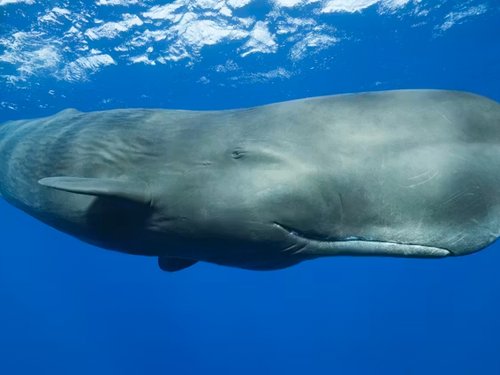
-
You might think frogs never get enough water. Turns out, they can fare worse in floods than bushfires
Frogs need water. Almost all of the world’s 7,900 known frog species breed in fresh water.
AMRI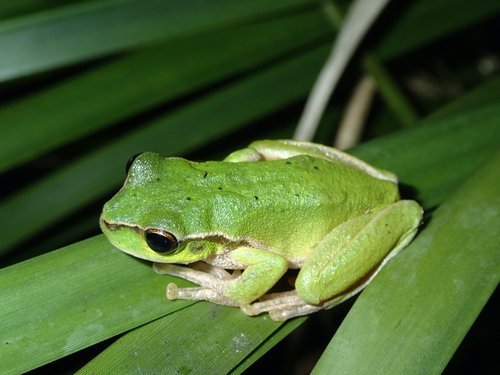
-
A centuries-old grid of holes in the Andes may have been a ‘spreadsheet’ for accounting and exchange
A new study, published today in Antiquity, Monte Sierpe, which dates to at least 700 years ago, may have functioned as an Indigenous system of accounting and exchange centuries before the European invasion.
AMRI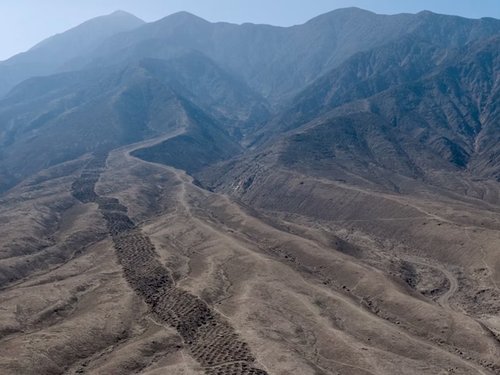
-
The tiny fossil that helps us reexamine the story of how life evolved across our ancient supercontinents
Tucked within the palaeontology collection at the Australian Museum, the oldest fossil of a non-biting midge from the southern hemisphere is challenging long-held assumptions about how life evolved across the planet's ancient supercontinents.
AMRI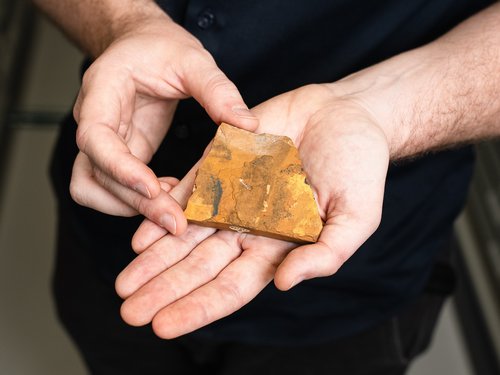
-
Tips and tricks for a frog-friendly backyard
Create a frog-friendly habitat and contribute to frog conservation during FrogID Week!
AMRI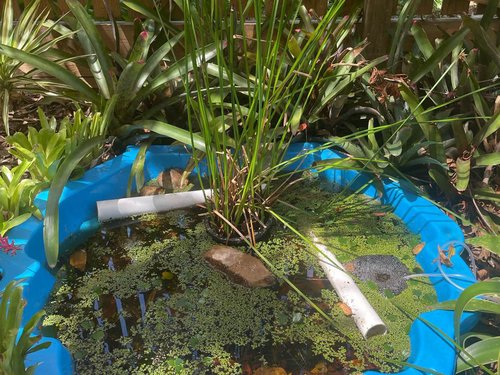
-
First Nations leaders and scientists uncover biodiversity treasures in NSW's Pilliga
First Nations leaders, scientists and researchers joined forces for a two-week Bush Blitz biodiversity survey on Gamilaraay, Gamilaroi and Gomeroi Countries in the Pilliga, NSW – the largest remnant semi-arid woodland in the state.
AMRI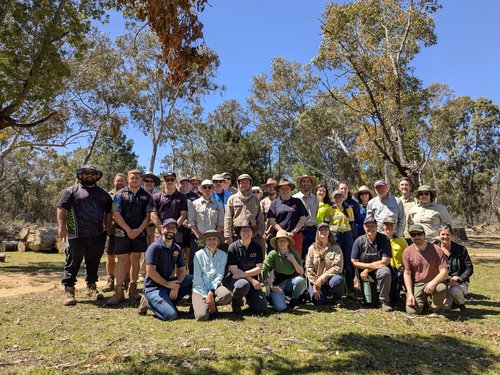
-
The Australian fossil site that will change the world
Hidden beneath farmland in the central tablelands of New South Wales lies one of Australia’s most remarkable fossil sites, McGraths Flat, which dates back 11–16 million years into the time of the Miocene.
AMRI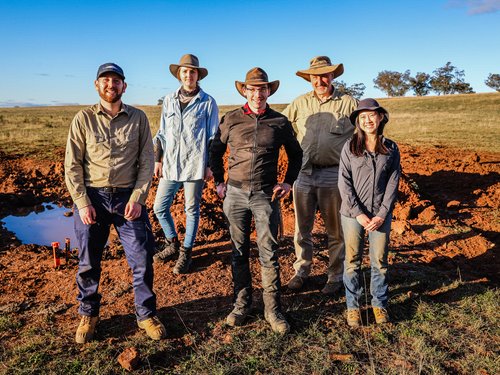
-
A six-year journey of discovery, friendship and loss: Amphoton bicknelli
Amphoton bicknelli is a newly described and unusually beautiful trilobite from the Tasman Formation in New Zealand, recently named in honour of Dr. Russell Bicknell (a researcher at the American Museum of Natural History, New York, USA).
AMRI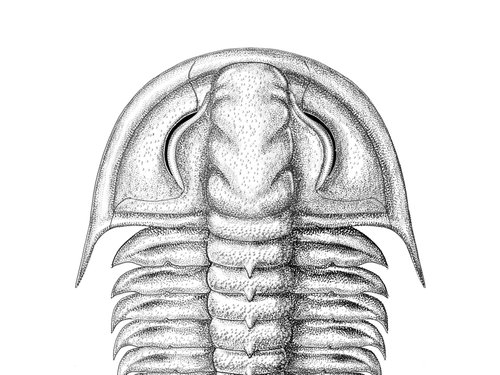
-
Collecting Australia’s smallest snails: a punctid dot-to-dot across southern Australia
How do you look for one of Australia’s underdog species? Dr Isabel Hyman from the Australian Museum tells us about this search, which has spanned 40 days and 13,500 km of driving all around Australia.
AMRI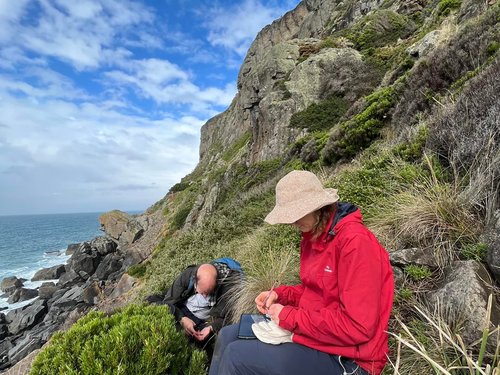
-
Putting Frogs on the map: the Australian Frog Atlas
Introducing Version 3.0 of the Australian Frog Atlas – detailed distribution maps for all 257 of Australia’s native frog species, and the introduced Cane Toad.
AMRI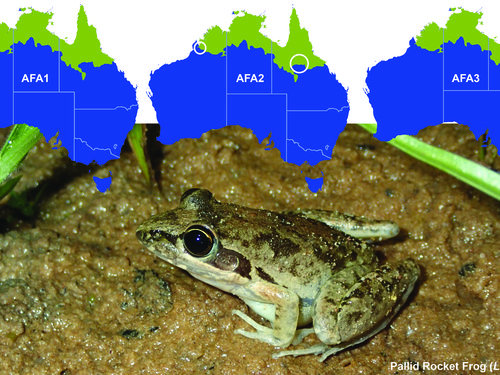
-
Searching for snails across the Pacific, part 2: Tetepare
As part of a broader project to investigate the diversity of land snails across the Pacific Islands, a team of four Australian Museum researchers set foot on Tetepare in the Solomon Islands.
AMRI
-
X-ray vision: Secrets of the unknown
What do you associate x-rays with? Medical or dental appointments? Long waits at airport security? It may be surprising to know that x-rays are vital in uncovering and examining the interior of objects and specimens in museums. Discover what secrets x-rays have revealed at the Australian Museum!
AMRI
-
The FrogID Dataset 6.0 – nearly one million frog records now published open-access and online!
The sixth annual release of FrogID data is now published open-access and online to help inform frog ecology and conservation.
AMRI
-
ShellBank: Detecting and protecting turtles around Australia
Marine turtles are iconic species, but their survival is threatened by habitat loss, pollution, fisheries bycatch, climate change and illegal wildlife trade. In a world first global program ShellBank is building a marine turtle traceability toolkit to detect populations needing greater protection.
AMRI
-
Hybrid frogs discovered: A hidden threat to an endangered frog
Genetic data has revealed that the endangered Booroolong Frog is breeding with a more common species, the Eastern Stony Creek Frog, and we must now consider the risks that hybrids may pose to our threatened species.
AMRI

